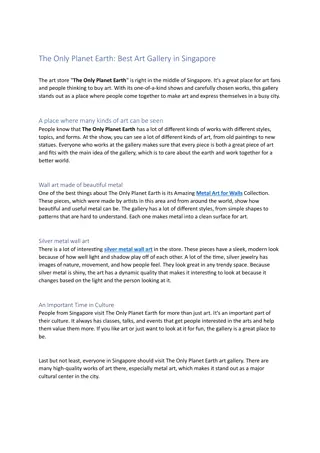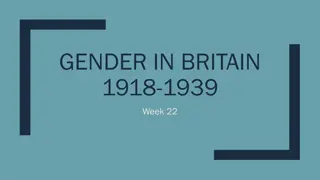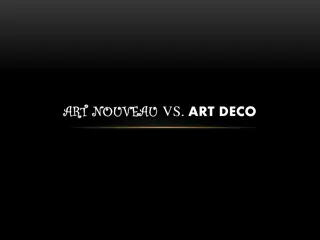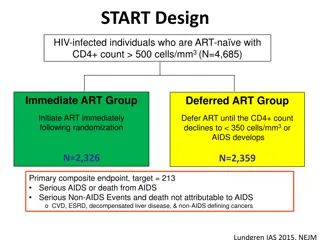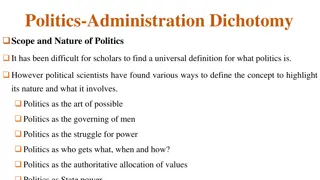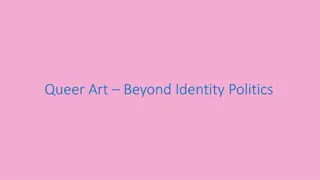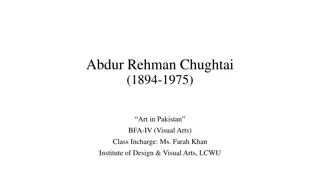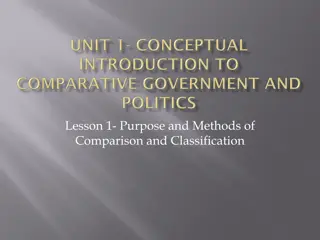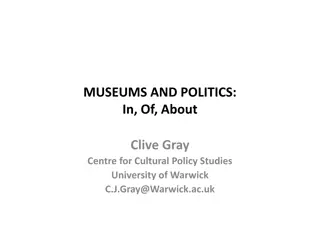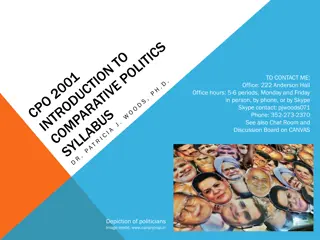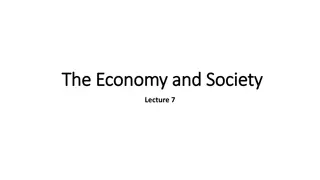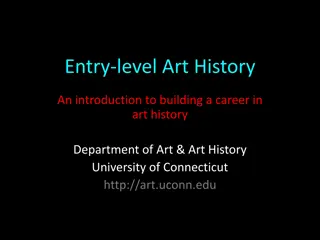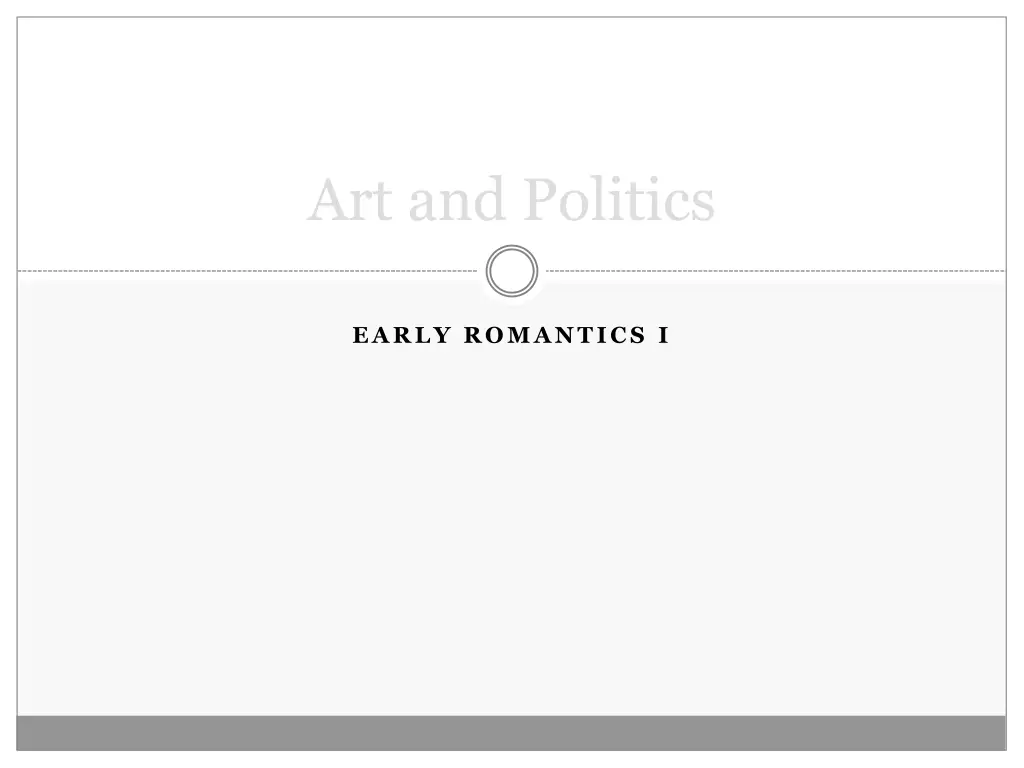
Early Romantics: Aesthetic State and Politics in Art
Explore the intersection of art, aesthetics, and politics during the era of Early Romantics. Delve into the works of influential figures such as Immanuel Kant, Caspar David Friedrich, and Friedrich Schiller. Discover the concept of the aesthetic state as both an inner state of being and a social formation, bridging the realms of sensuality and rationality. Uncover the role of art in representing the moral essence of humanity and its impact on inducing pleasure.
Download Presentation

Please find below an Image/Link to download the presentation.
The content on the website is provided AS IS for your information and personal use only. It may not be sold, licensed, or shared on other websites without obtaining consent from the author. If you encounter any issues during the download, it is possible that the publisher has removed the file from their server.
You are allowed to download the files provided on this website for personal or commercial use, subject to the condition that they are used lawfully. All files are the property of their respective owners.
The content on the website is provided AS IS for your information and personal use only. It may not be sold, licensed, or shared on other websites without obtaining consent from the author.
E N D
Presentation Transcript
Art and Politics EARLY ROMANTICS I
The Begging of Aesthetics 1750, Alexander Gottlieb Baumgarten: Aesthetica - the aesthetic as a sensual knowledge 1790, Immanuel Kant: Critique of Judgement - the aesthetic as a bridge between the realm of sensuality and the realm of morality, or between nature and freedom - (natural) beauty as a symbol of freedom - genius
Friedrich Schiller (1759 1805) German poet, playwright, philosopher The Robbers, Intrigue and Love, Don Carlos, Mary Stuart Poem Ode to Joy Letters on the Aesthetic Education of Men (1793/95) Friendship with J. W. Goethe
Theory of human existence, nature of humanity Criticism of the division of labour Conflict between sensual and rational part Fullfilment of humanity in play
The aesthetic state (as an inner state of being) The human heart The sensuous drive (Sinnestrieb) and the formal drive (Formtrieb) The play drive Beauty as a free appearence The effect of art: art has an ability to induce pleasure through the sensual (re)presentation of the moral basis of the human being
The aesthetic state (as a social formation) The state of beautiful appearance (Schein) Openess to the world and to the others Actual political problem The unity of sensual and rational part transcends the domain of the aesthetic and art


